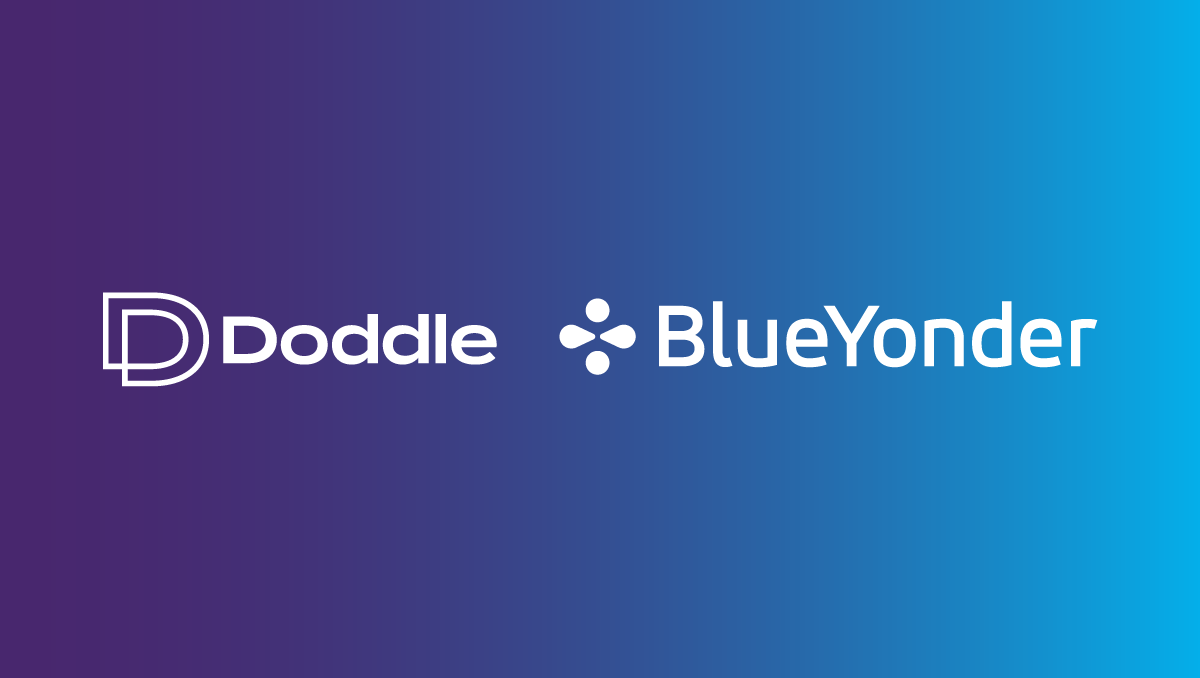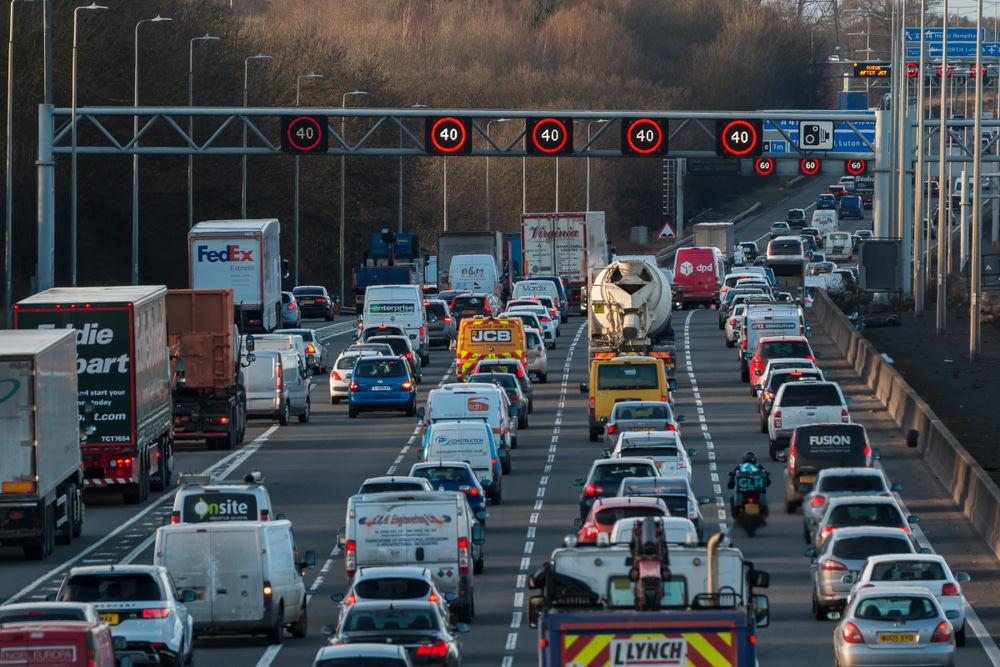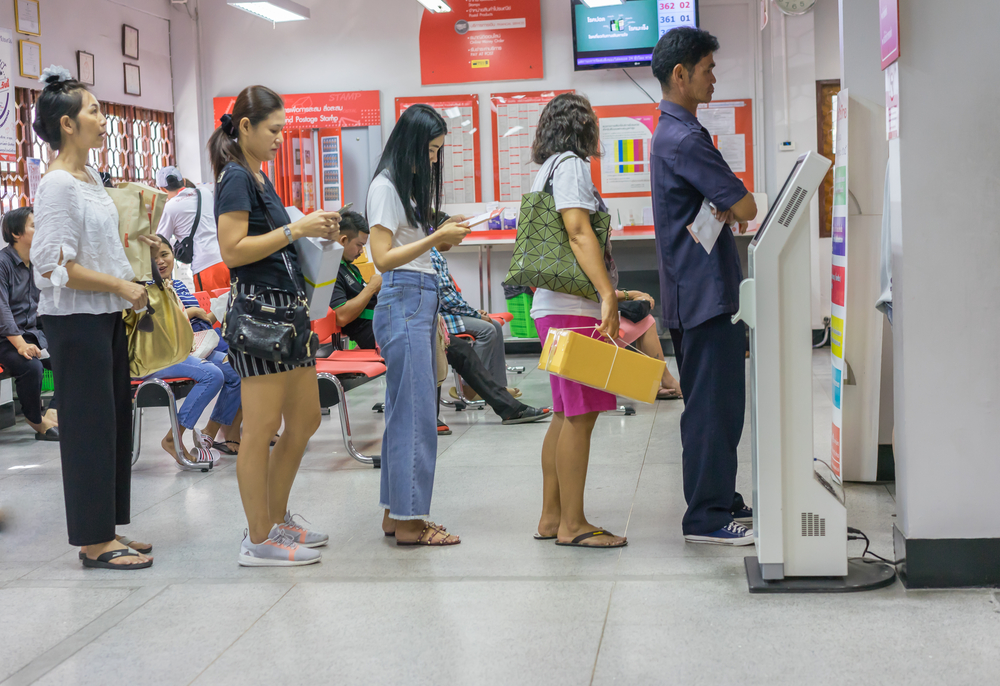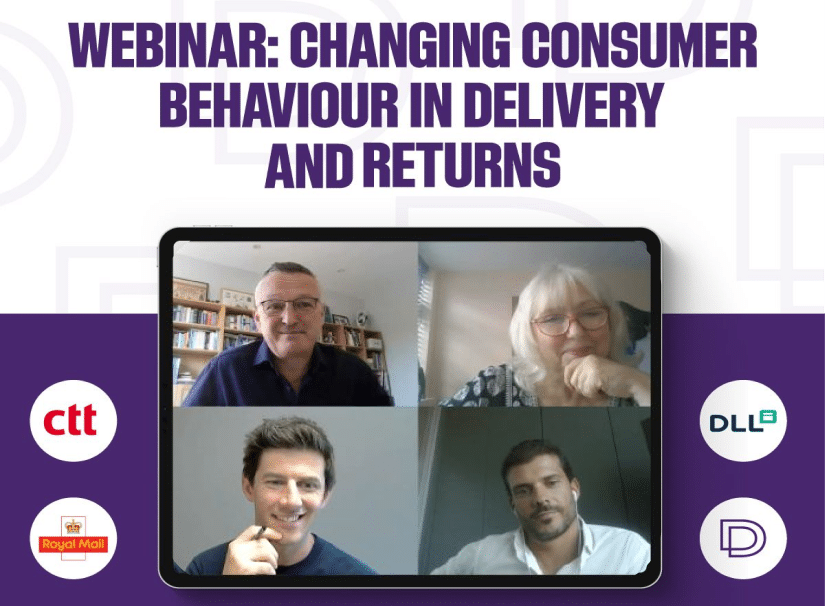Insight / Blog
What consumers want from automated communications: A Doddle roundtable
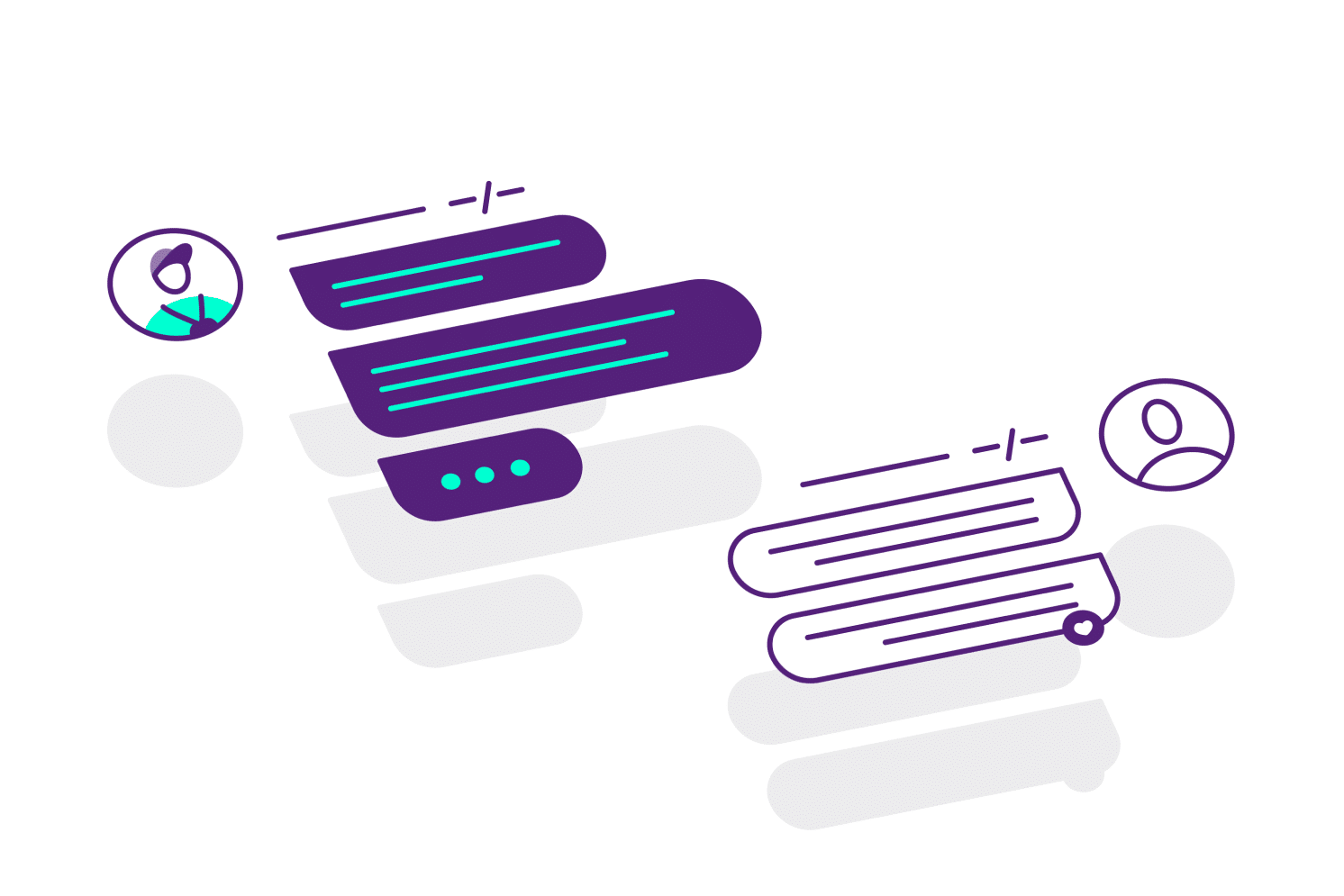
Summary: Discover what consumers really want from carrier communication and how carriers can use these insights to influence their strategies.
Clear communication keeps consumers informed throughout the delivery journey, helping to reduce failed deliveries and providing a better consumer experience.
Although most carriers are already automating consumer communications, there are vast differences between the level of information shared, frequency and methods of communication between providers. So, how can carriers ensure the best consumer experience through communication?
Continuing our exploration of automation in the last mile, we hosted another Doddle roundtable to discover what consumers really want from carrier communication, the future of automated communications and how carriers can use these insights to influence their strategies.
Communications are synonymous with tracking
Automatic carrier communications are centred around tracking a parcel’s journey, often triggered at certain milestones such as parcel received by the carrier, out for delivery and delivered. In the eyes of many consumers, carrier communications are synonymous with tracking, influencing their overall reaction and interaction with carrier communications. In our roundtable, we found two main divides in consumer behaviour: one side loved constant updates about their parcels, and the other did not.
For some consumers, tracking updates are readily welcomed. They want enough information about their deliveries to ensure they are at home to receive them. Senior Product Strategy Manager Ayomide Ayofe revealed that she constantly checks tracking information to help plan her days, knowing which dates and times she should stay at home to receive deliveries and which days she should work in the office. It’s not just used to check progress – it helps consumers schedule their lives.
Jack Sims, Sales Operations Manager“You know exactly where the parcel is, so you can then control your day.”
Automated consumer communications are triggered when the parcel hits certain milestones. For consumers who want more granular tracking information and updates, the current level of communication is not enough. If consumers want more, they must manually find this information inside the carrier’s tracking portal, hindering the consumer experience.
Ayomide Ayofe, Senior Product Strategy Manager“I hate having to put in my tracking number somewhere. I can’t be bothered with that. But the emails I really appreciate.”
These consumers want as much information as possible without acting themselves. In fact, our roundtable revealed that although the consumers love receiving emails, they don’t necessarily open them. They scan the information in the subject line, which keeps them informed and reassured about the delivery.
Jack Sims“I don’t open it. I just see the title.”
An easy assumption would be that increasing the number of automated communications would improve the user experience. However, this risks crossing a dangerous line, where communications stop being useful for consumers and become a nuisance. This would be particularly true for those who are not interested in tracking information, which reveals a wider problem that carriers must face.
Tracking communication covers a wider problem
One side of our roundtable didn’t click on the tracking, classing it as information they didn’t want. To these consumers, there’s only one thing they need to know: when the parcel will be delivered. All other information is surplus, or only used if a parcel hasn’t arrived when it should have. In that case, customer communication is there to reassure consumers if a delay occurs.
Looking at consumer communication in this light, it aims to help negate the problem that carriers are not giving consumers an accurate delivery time at the point of purchase.
Bruno Ceccaldi, Head of Business Development“Tracking is the wrong solution to a real problem, telling you exactly when your parcel will be delivered. You wouldn’t need communication if you could choose exactly when it will be delivered at the checkout”
In our roundtable, Bruno wanted to know exactly when his parcel will be delivered at the point of purchase. To provide this information to consumers, carriers and merchants would have to offer guaranteed delivery slots at checkout, allowing consumers to select the time slot they want, similar to how grocery checkouts are currently operating.
Guaranteed time slots are being implemented in grocery because grocery carriers have different incentives than parcel delivery. Grocery orders are perishable – they cannot be returned to the warehouse or left unattended (unless express permission is given). Grocery carriers must provide guaranteed delivery as there’s no alternative on offer.
However, parcel carriers have a wider range of options, including unattended delivery. From a purely operational standpoint, maximum efficiency would have carriers reducing the amount of customer interaction as much as possible, allowing drivers to drop and go as quickly as possible without waiting for consumers to answer the door. Thus, the priority for carriers isn’t to offer guaranteed delivery slots, but to reduce failed deliveries by implementing real-time diversions if a consumer isn’t home.
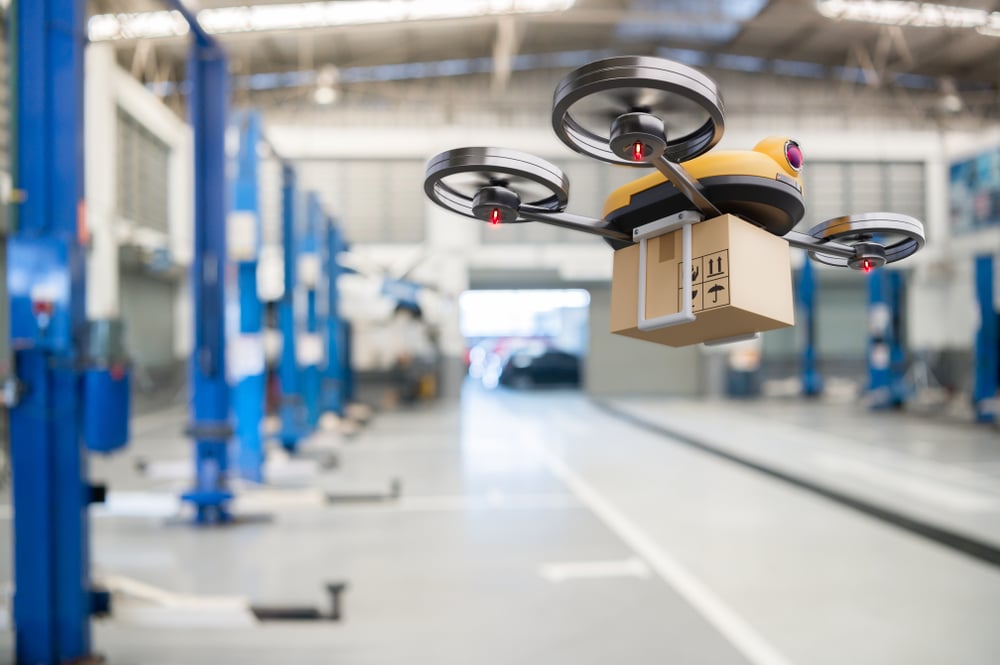
Utilising communications for real-time diversions
Nearly every participant at the roundtable has used carrier communications to divert a parcel. However, most were unsuccessful or had only been provided options that didn’t suit their needs. Chloe shared a recent experience of this situation, where she wanted to change the day of delivery. However, the only option available was to divert to a neighbour’s address, which she didn’t feel comfortable doing.
Chloe Taylor, Senior Marketing Manager“I don’t know my neighbours and I’m not friendly with them. I’m not going to change the location, so I had to let it fail”.
Chloe’s story is an example of wasted time and reduced efficiency that carriers face without real-time automatic route altering. The consumer knows the delivery will fail and can inform carriers beforehand. But without allowing for more options – such as redirection to PUDO, date alterations, or even time delays – carriers must go ahead with a drop that is guaranteed to fail.
Automatic communications shouldn’t just inform consumers, but provide an avenue for consumers to communicate back and influence routes to avoid failed deliveries. Looking ahead, the goal for carriers won’t just be to divert parcels in real-time. It will be to automatically predict the chances of a delivery failing based on past deliveries, creating the most efficient route while minimising failed deliveries.
Bruno Ceccaldi“Put up predictive delivery. Let’s say we know that you won’t be at your place because we have identified some patterns, and we know that every time we go to your place on a Wednesday, you’re not there. So, Wednesday drops are directly routed to PUDO because we already know you won’t be in to accept it.”
However, this level of predictive behaviour would rely on carriers collecting data and consumer preferences. To collect this data and build accurate consumer profiles, one avenue for carriers would be to encourage consumers into carrier apps.
Not so app-y
Carrier apps have the potential to solve issues with consumer communication, offer real-time tracking and diversion and collect data to use for predictive delivery. And with most carriers already having an app in place, it’s just a matter of getting consumers to download and use it.
Our partners Australia Post have seen recent success in this area with their app, which currently ranks second in Australia’s Top Free Apps for the business category on the Apple app store.
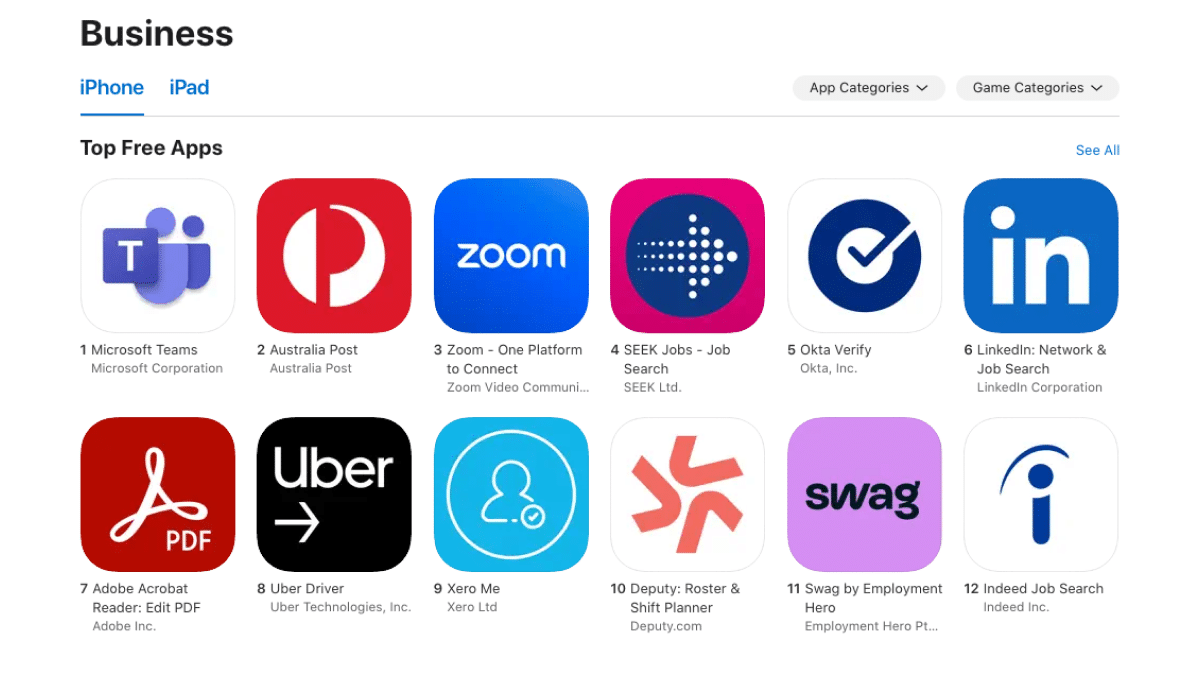
However, not every consumer wants to download an app. In our roundtable, Ayomide quickly dismissed carrier apps, saying she “would never, ever download a carrier app” under any circumstances. Others said that they were open to carrier apps, but reluctant to download because of the fragmented UK market – and not wanting to use up their phone real estate on several apps from each carrier they interact with.
Chloe Taylor“Having six different apps for all these different carriers is only worthwhile if you order every week and use them regularly. You’re not going to download the app just for that one order.”
Some of our roundtable participants wanted all carrier and order information in a single app. Some third parties have been progressing in this area, such as order tracking features introduced by Klarna, Apple Wallet or the Shop App. These apps collate information scraped from emails or payments to collate this data rather than integrating directly with carriers. It’s unlikely that carriers will work with these third parties in the future rather than focusing on their own apps, which they have direct control over.
To encourage app usage, carriers will need to increase consumer incentives. One avenue would be to increase the number of features available to enhance the delivery journey. For example, this could include calendar integrations that add upcoming deliveries to your calendar to help consumers plan their day and reduce failed deliveries. Of course, this is something that Amazon has already planned for – as their orders are automatically added to Outlook calendars.
Alternatively, carriers could add more features to turn the apps from delivery tracking to a more sophisticated order management platform by including integrated returns portals and label purchasing for C2C sends.
Communications hide wider issues for carriers
By discussing how we interact with automatic carrier communications, this roundtable has uncovered a wider issue of consumers not knowing when a delivery will arrive. Customer communications are used to negate the problems this causes, reassuring customers during delays or moments of uncertainty and pre-warn of delays to negate disappointment.
Bruno Ceccaldi“Communication is just there to compensate for the inefficiencies in the delivery process.”
For carriers, the goal isn’t to improve automatic communications. It’s about improving the entire delivery experience for consumers. To do this, automatic communications should become two-way between carrier and consumer. Rather than carriers just relaying information, consumers need to be given better options to reroute parcels in real-time – and provide data that could be used to predict delivery success rates and automatically redivert if a failure is predicted.
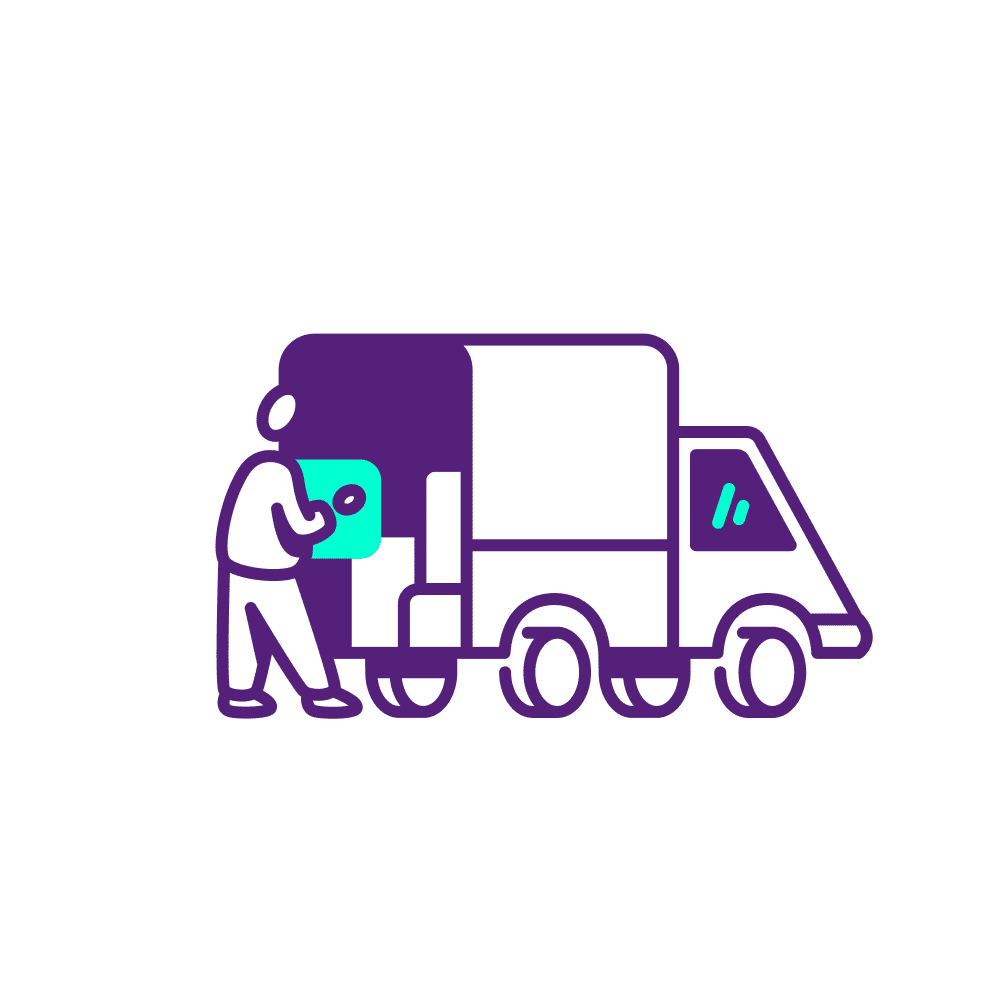
Topics:
Related articles
Convenient and sustainable: developing an out-of-home delivery strategy
Sustainability has become a key decision factor for retailers - here's how carriers can stay ahead with an out-of-home delivery strategy that’s both sustainable and convenient for consumers
5 Changes We Predict in eCommerce Delivery & Returns in 2024
Our predictions for 2024 in ecommerce delivery and returns, plus a roundup of our 2023 predictions.
4 ways that C2C commerce is transforming the last mile
As consumers adopt recommerce, out-of-home networks are having to adapt to increased demand.


